America's Triple Water Lake
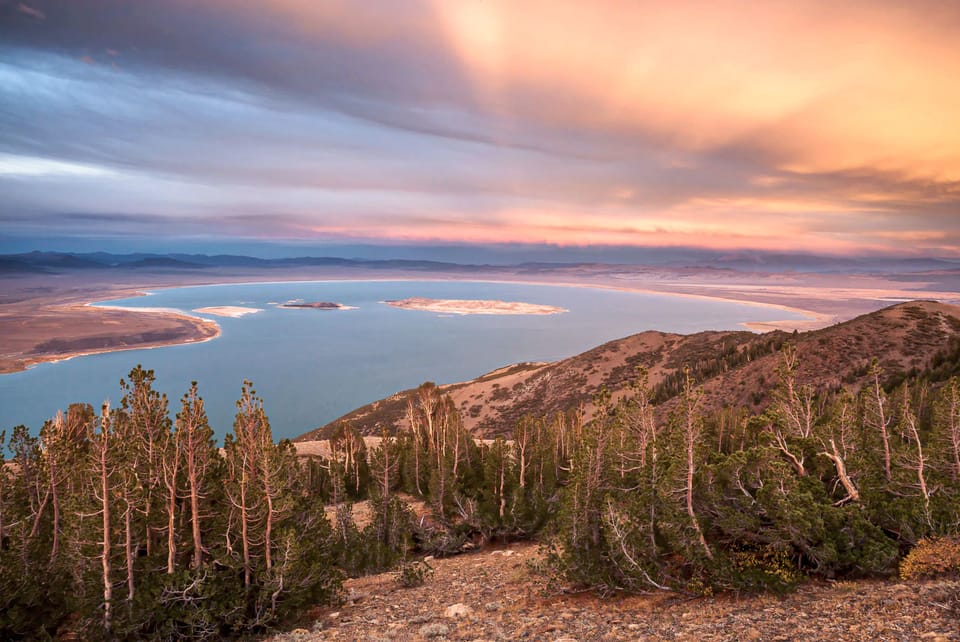
For over 15 years I led bird and natural history workshops at Mono Lake, and driving into the Mono Basin every summer used to feel like coming home to the spiritual and emotional center of my life.
It might seem a bit odd to have such a strong and very personal reaction to a weird, salty lake surrounded by dusty sagebrush flats, but I'm not alone. There are, and have been, countless people who feel the same way about America's most unique lake.
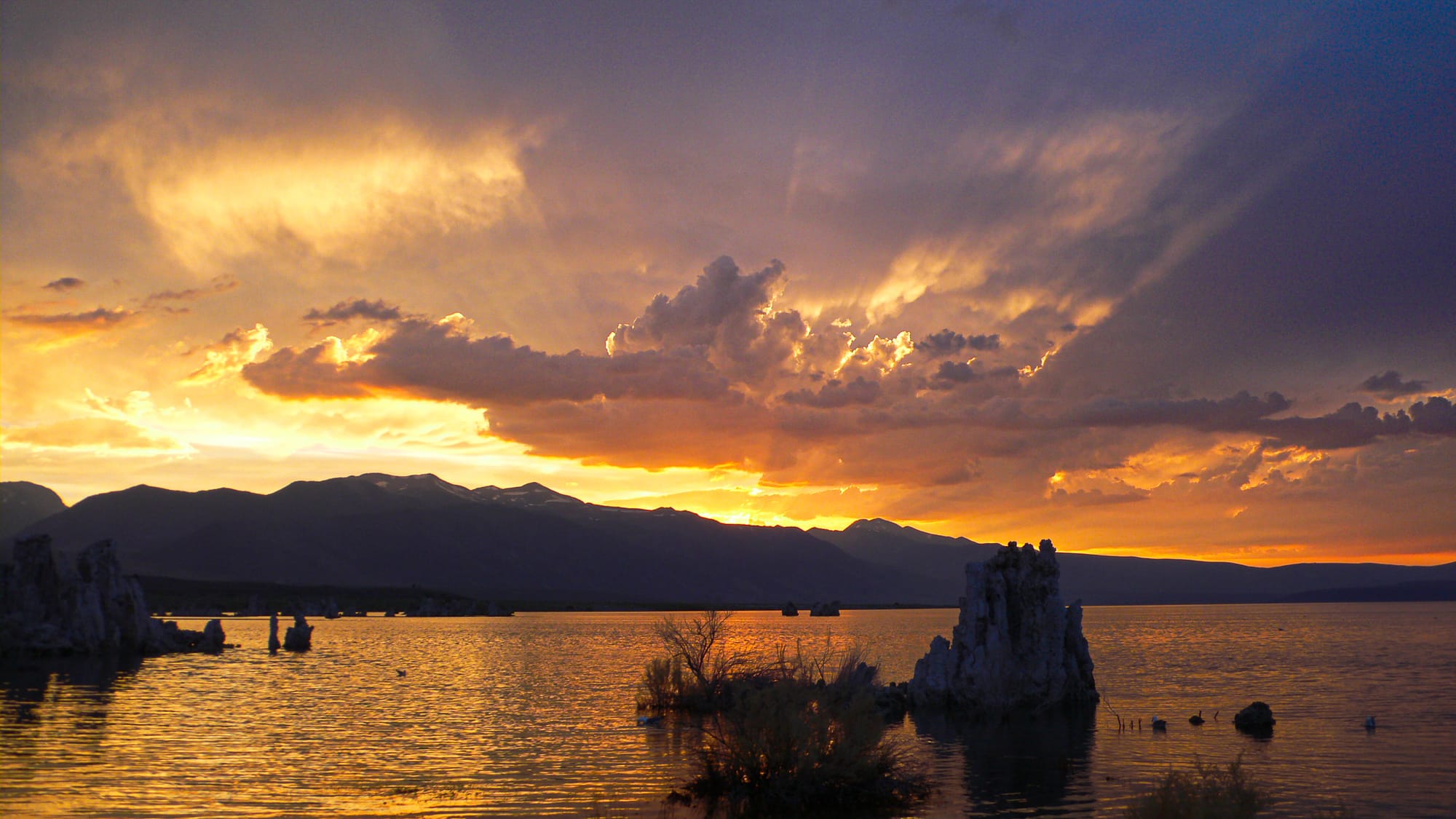
Located on the western edge of the Great Basin desert and perched dramatically at the base of the towering Sierra Nevada, Mono Lake is a very, very old lake. In fact, it is one of the oldest lakes in world, with some estimates putting its age at over a million years.
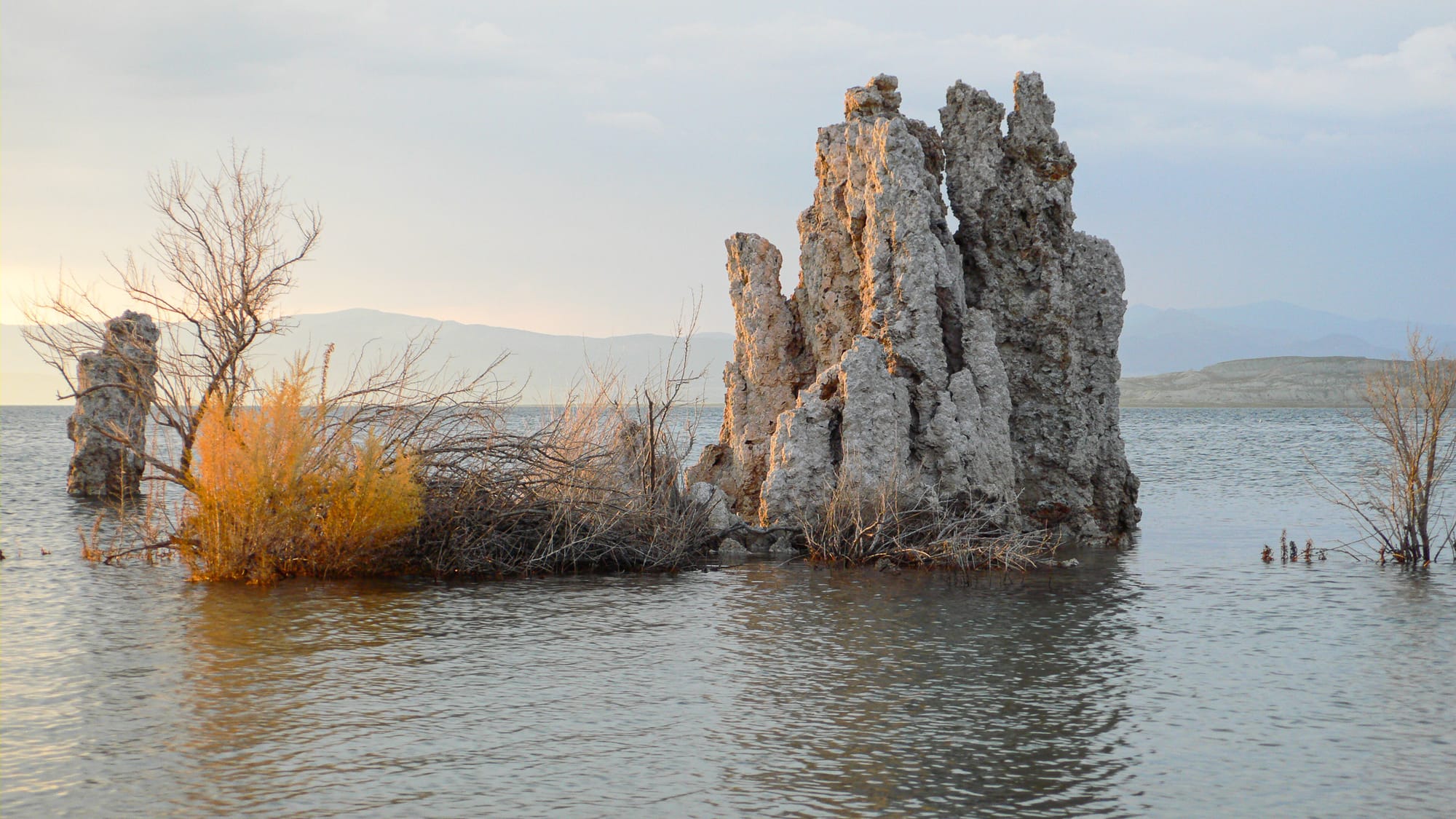
While most lakes in the Northern Hemisphere have only appeared over the past 18,000 years, Mono Lake arose in the Pleistocene as one part of a vast web of massive lakes that formed throughout the Great Basin. All of these lakes were terminal lakes, in other words, all waters flowed into them but no water flowed out of them.
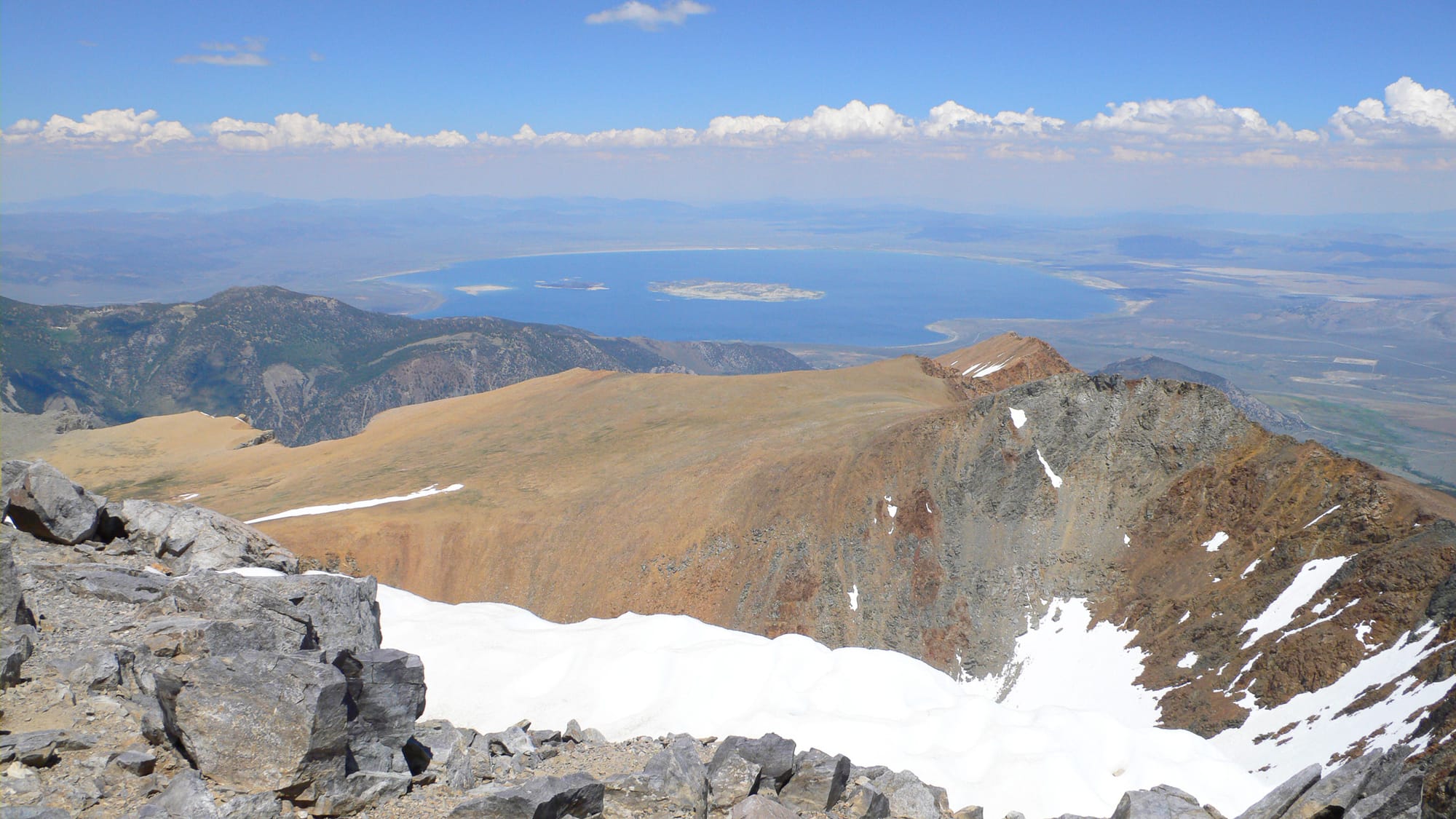
As ice melted and the climate warmed, virtually all of these lakes slowly dried up or retreated into toxic puddles of highly concentrated minerals, but Mono Lake has persisted over time because it sits at the base of Sierra Nevada snowfields and vibrant eastside streams so water is always flowing into the lake.

At the same time, streams flowing off the Sierra Nevada continuously collect and dump dissolved minerals into Mono Lake and these minerals become concentrated as water evaporates from the lake. This is true for all of the world's terminal lakes, but the composition of minerals at Mono Lake is utterly unique.
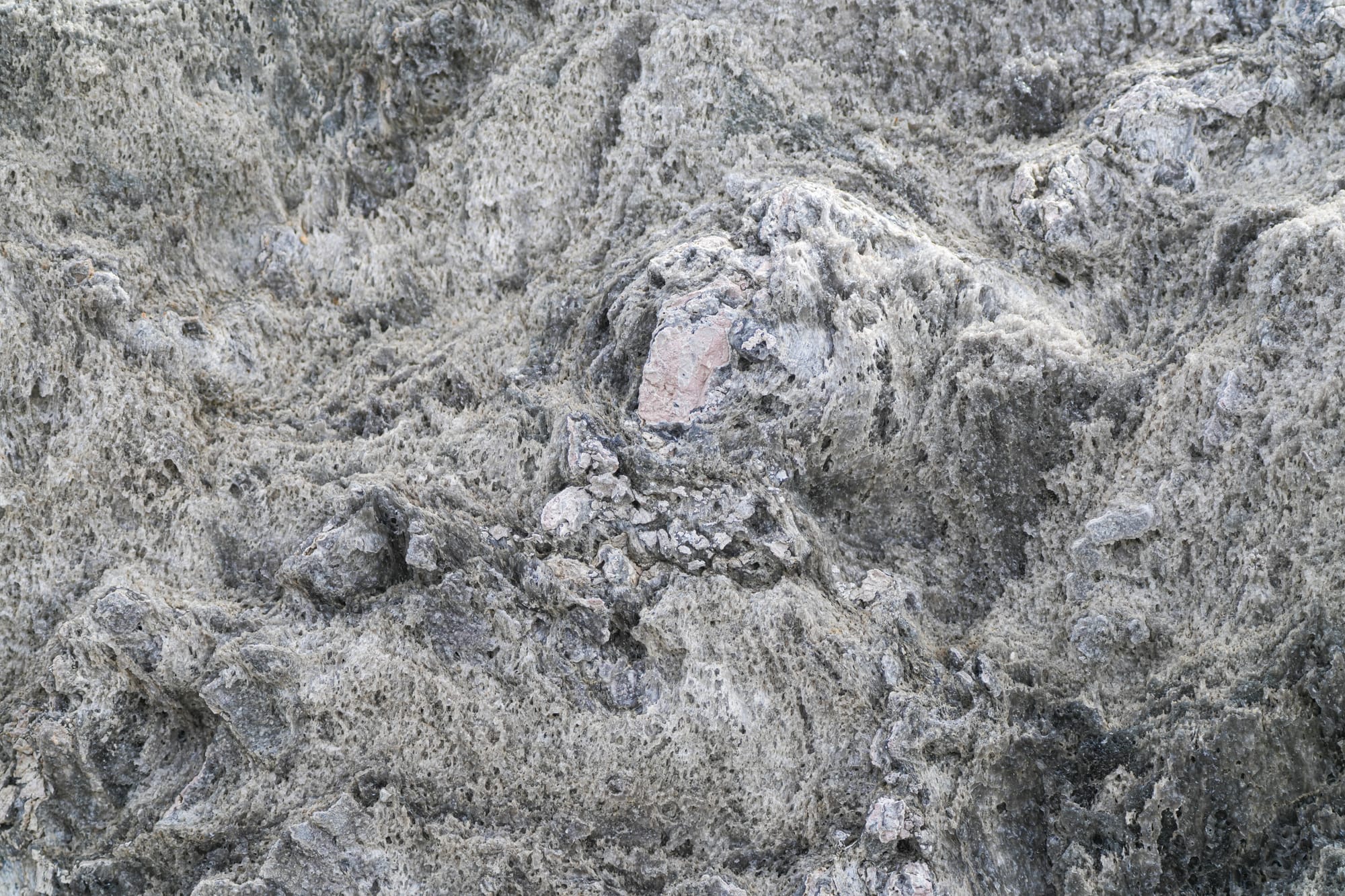
Mono Lake is a salty, soda, sulfurous lake (known as a triple water lake), with extremely levels of sodium chloride (salt), sodium bicarbonate (much like baking soda), and sodium sulfate, in addition to borate and potassium. The water is 80 times more alkaline than the ocean and feels oddly slippery on your skin, not to mention being very bitter and salty if you taste it.
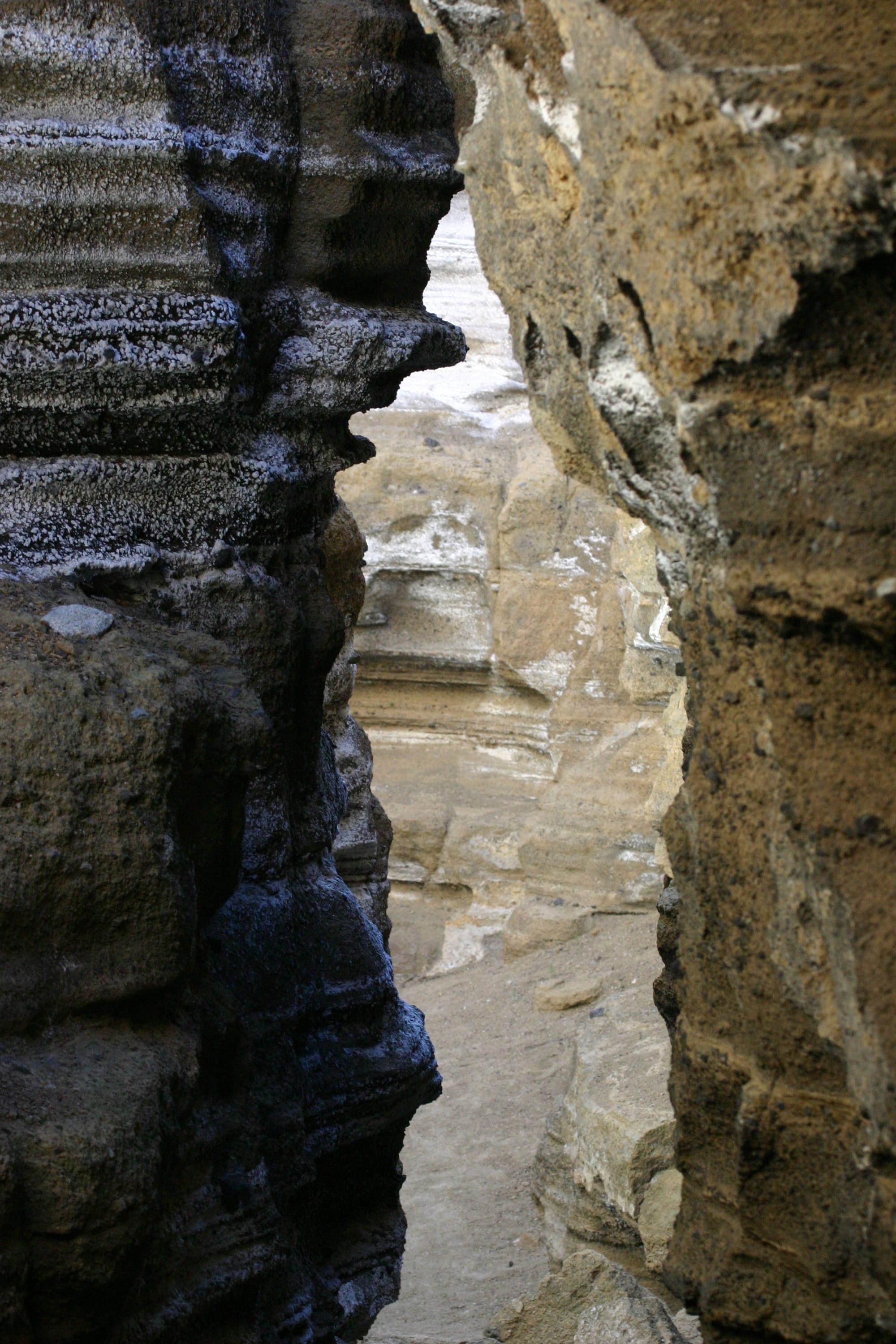
You'd think this toxic stew would be lifeless, but this is where the story of Mono Lake is so fascinating. In fact, there are two primary invertebrates that have adapated to this unique water and because there are no fish or aquatic predators their populations reach epic numbers.
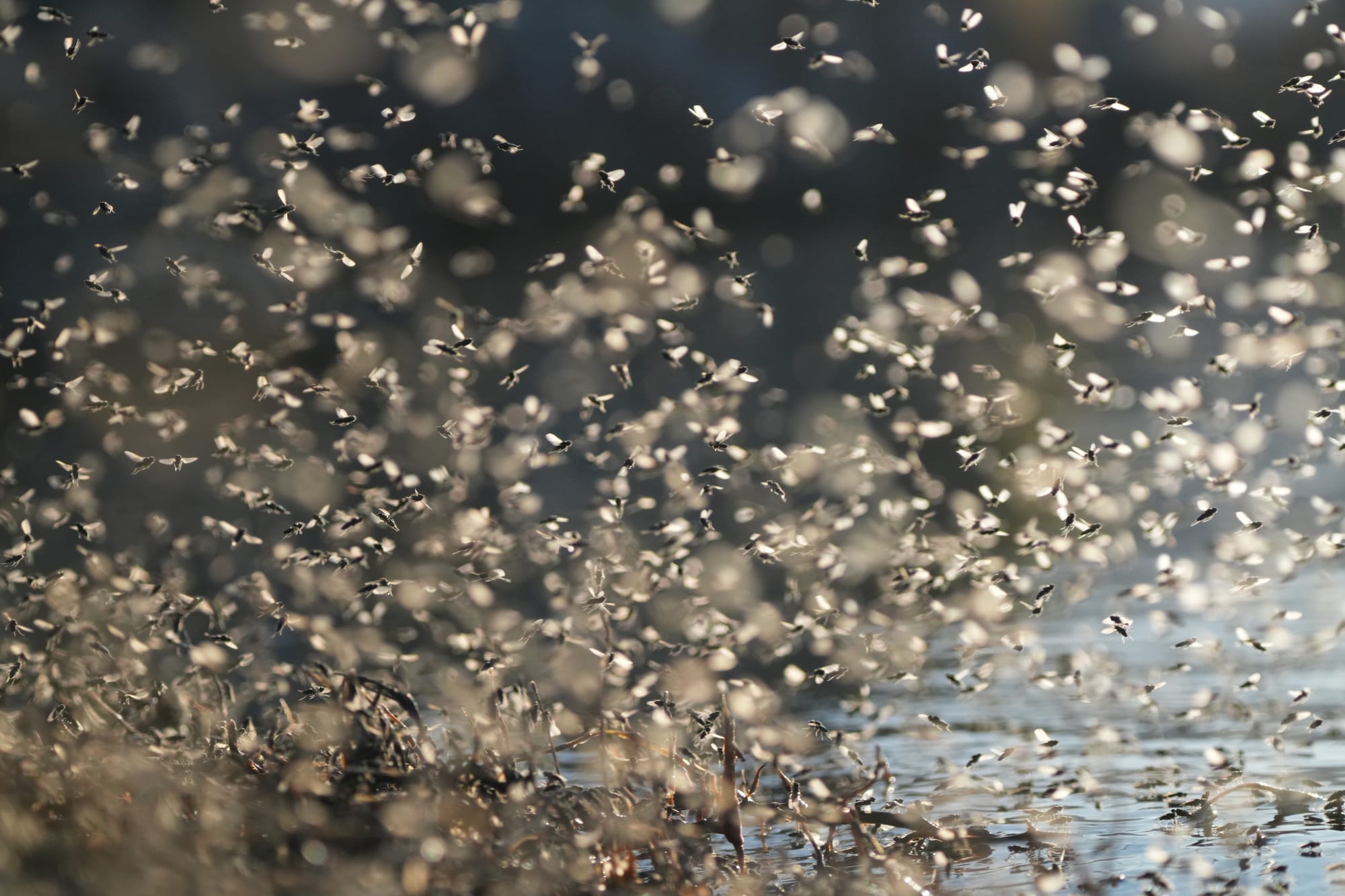
The lovely pinkish brine shrimp (Artemia monica) is the lake's most abundant organism, with around seven trillion brine shrimp in the lake at their peak mid-summer numbers. They eat so much of the lake's algae that in the summer you can see over 30 feet in the clear water. And then in the winter, when they die off, the algae grows so thickly you can only see 2-3 feet.
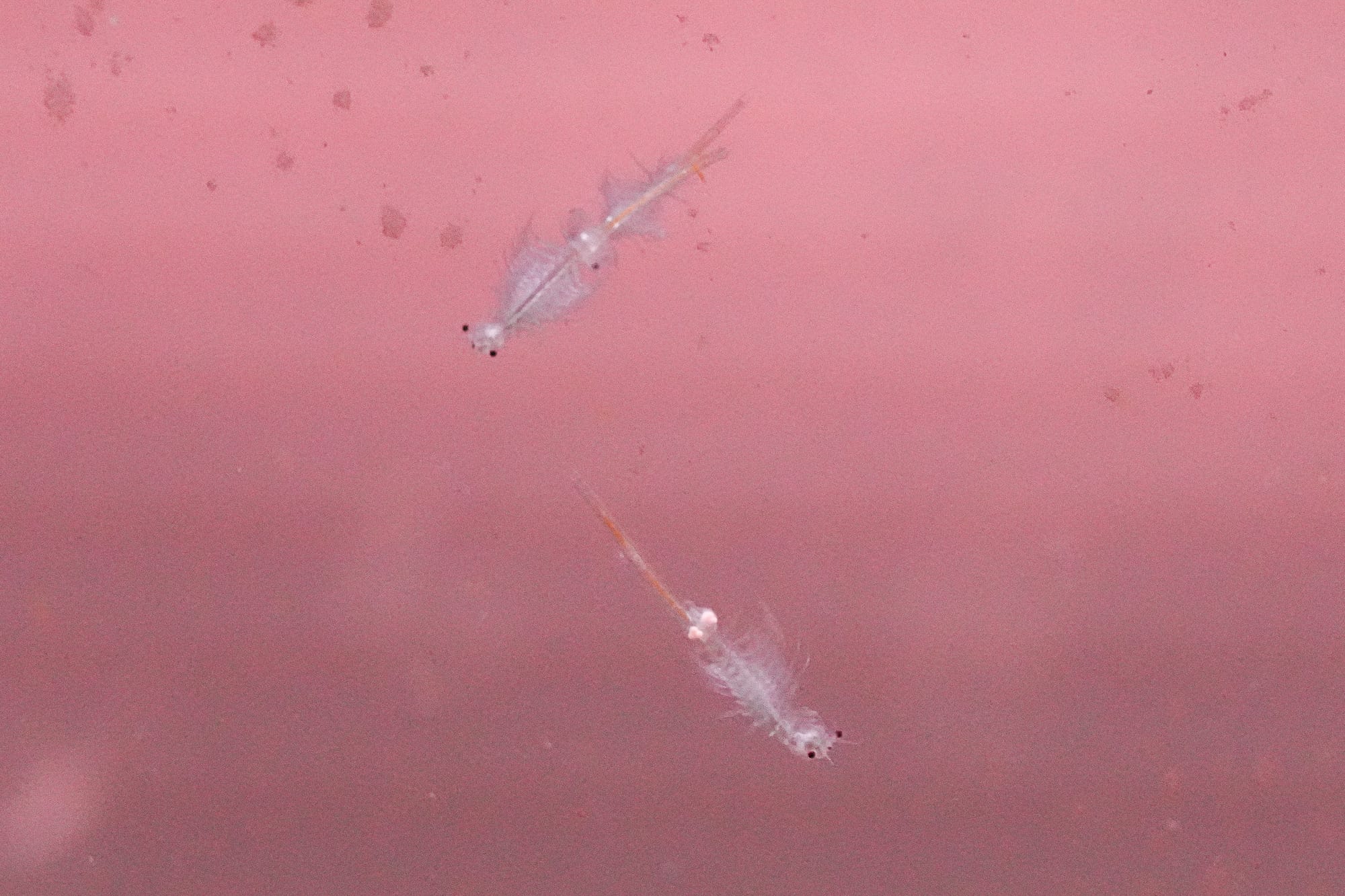
The other, and perhaps more obvious, species are the countless black brine flies (Ephydra hians) that form a dense "bathtub ring" of seething flies around the lake's shoreline. Mark Twain described this band of flies as "one hundred miles long...an inch deep and six feet wide."

Where there's food, there are going to be animals who want to eat them, and Mono Lake is renowned for being one of the most significant sites in North America for five species of saltwater-loving birds.
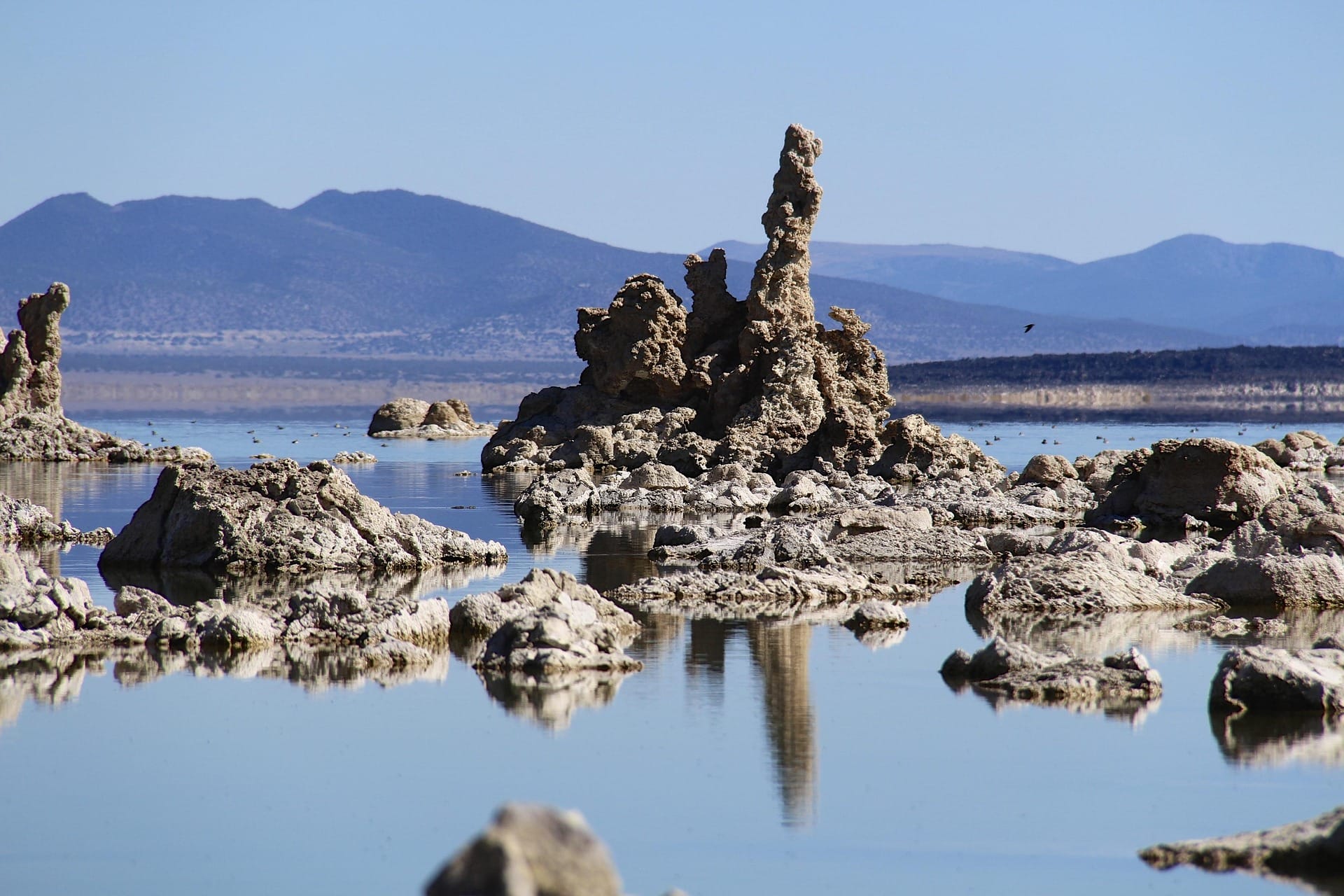
Among the most obvious and surprising birds are the abundant California gulls that nest on the lake's two islands and gather to eat brine flies on the shoreline. It's a ton of fun to watch them run along the water's edge, stirring up clouds of flies, with their mouths open. Brine flies are such a dependable source of food that up to 25% of North America's California gulls nest at Mono Lake.
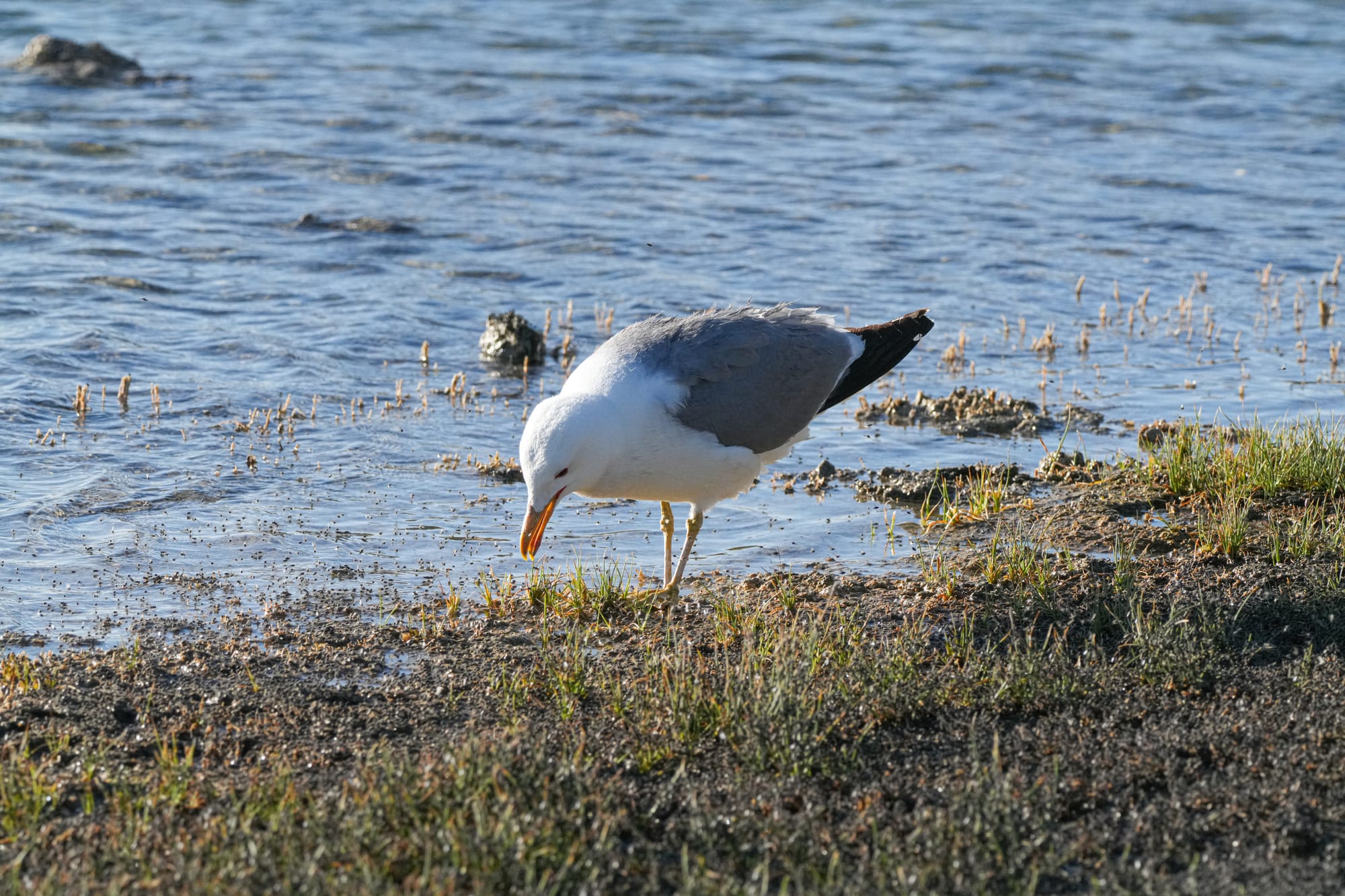
Even more remarkable are the eared grebes that arrive in late summer. No one knows how many eared grebes use Mono Lake, but 900,000 at a time are possible, representing a quarter to a third of all eared grebes in North America. One of North America's greatest wildlife spectacles is to stand in amazement on the western shore of the lake at sunrise as the lake sparkles with hundreds of thousands of grebes dipping and splashing in the morning light across the entire surface of the lake.
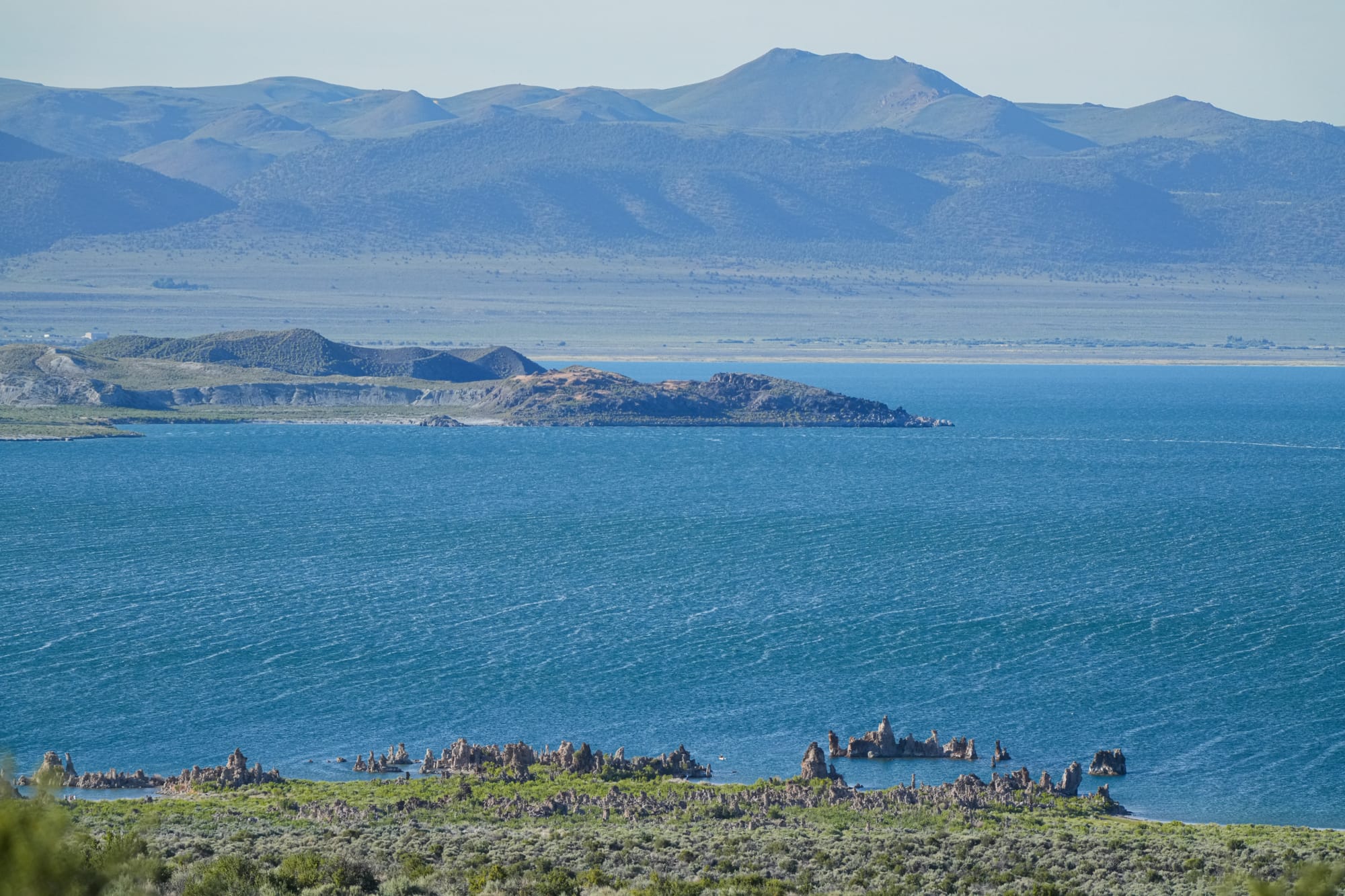
As if those weren't already enough reasons to fall in love with Mono Lake, there are also otherworldly tufa towers rising from the lake. These towers represent chemical reactions that occur as calcium in freshwater springs that percolate out of the lake's bottom combines with carbonates in lake water to produce calcium carbonate (an ingredient in limestone). In essence, these towers are the fossilized shapes of underwater springs that then become exposed as the lake waters recede.

Sadly, the receding of the lake's waters is another key piece of this story. For countless millenia the waters in this ancient lake were relatively stable, but in 1941 the city of Los Angeles began diverting the lake's freshwater streams into a 240-mile-long aqueduct to feed their thirsty and rapidly growing population. Within 40 years the lake level had dropped 40 feet, exposing the tufa towers we see today, cutting the volume of water in the lake in half, and doubling the lake's salinity. This threatened to kill the lake's unique ecosystem, but a key legal victory in 1983 became one step in a long process of restoring the lake's ecological health.
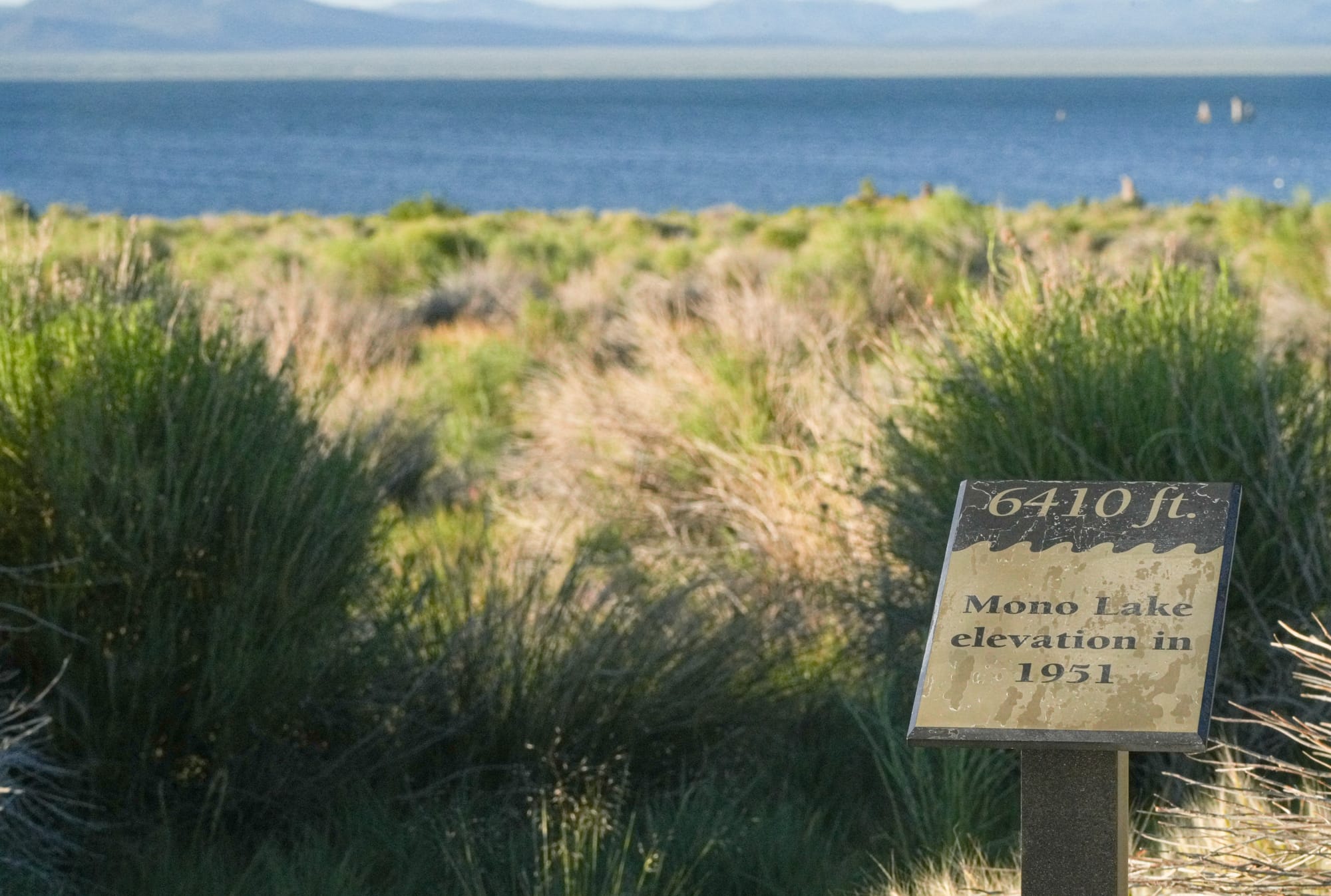
So Mono Lake has a lot going for it: unparalled natural beauty, dramatic ecology, and a large community of passionate volunteers and experts working to protect this special place. Mono Lake is a crown jewel worth falling in love with.


Member discussion